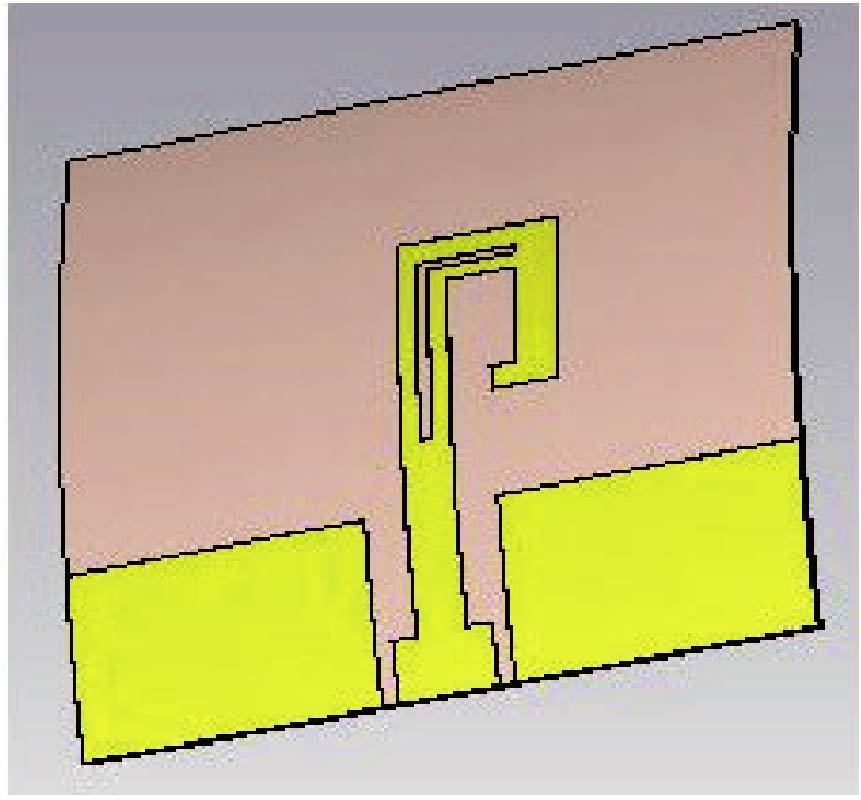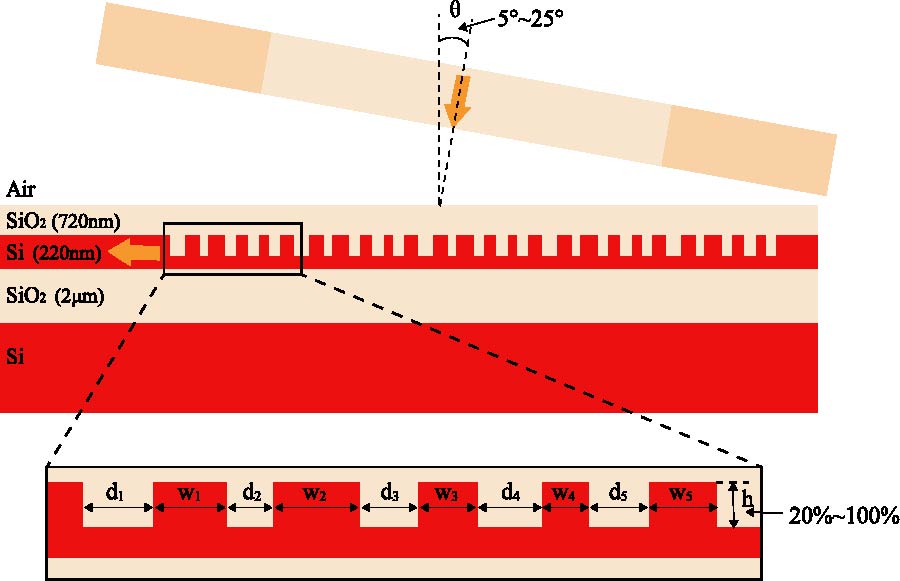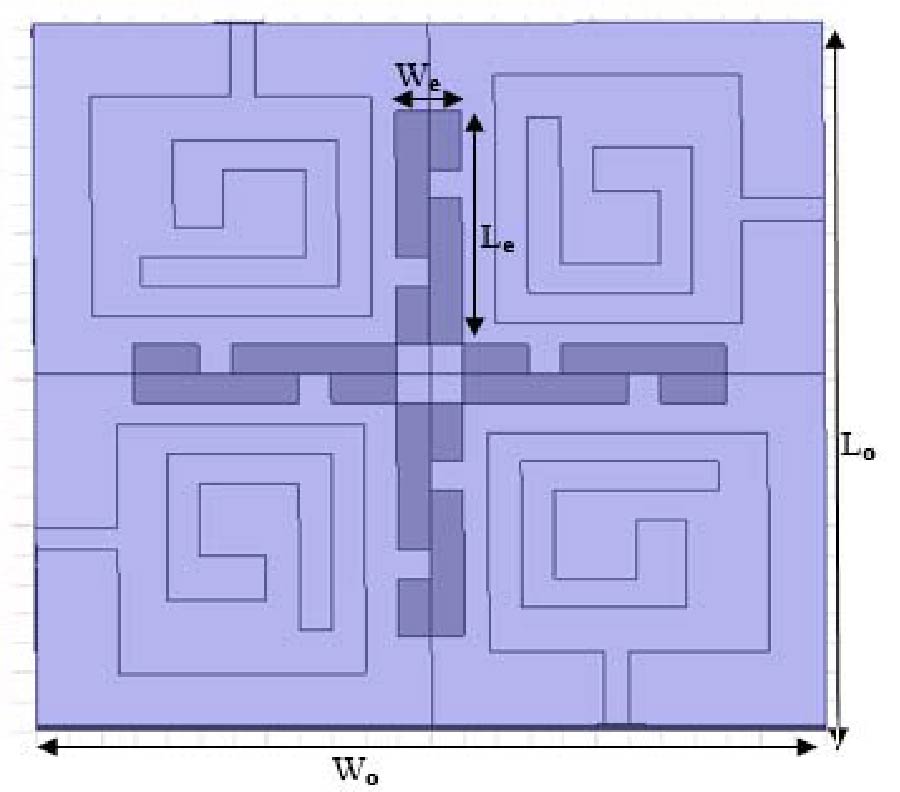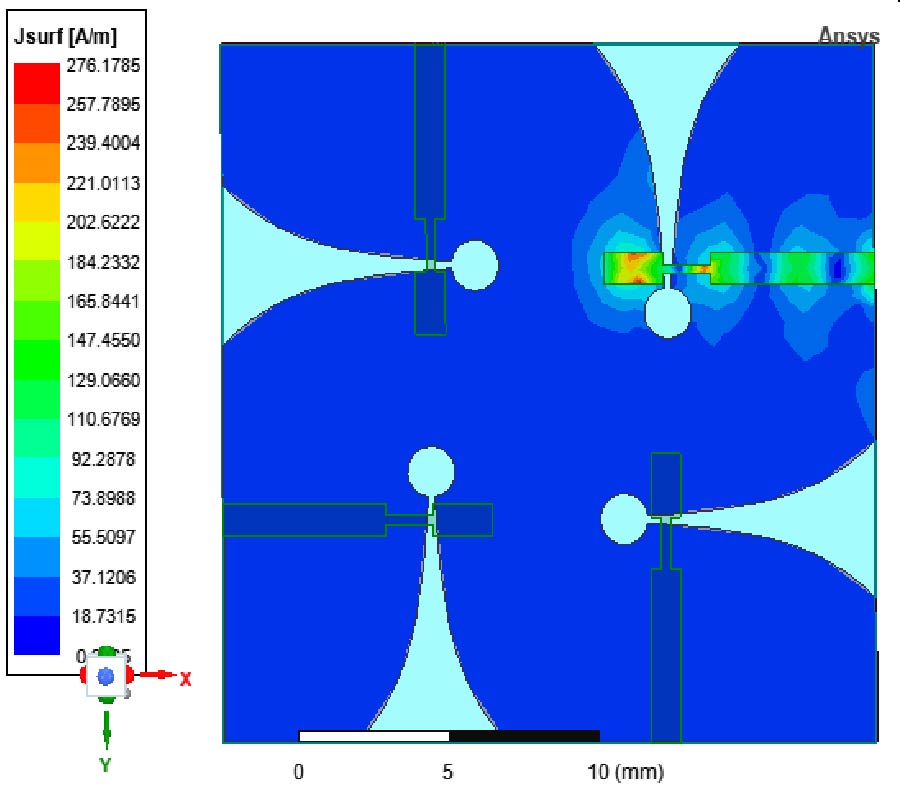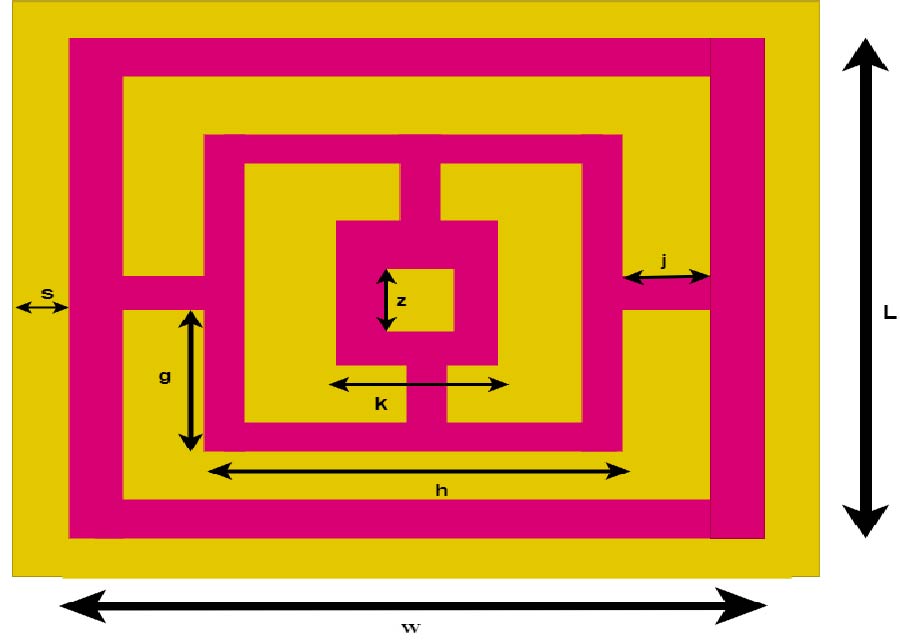2023-10-10 Latest Published
By Pavan Mehta
Anveshkumar Nella
Progress In Electromagnetics Research M, Vol. 119, 189-201, 2023
Abstract
In recent years, Radio Frequency Energy Harvesting (RFEH) has matured into a trustworthy and consistent method of obtaining ambient energy. For this energy to be utilized, it must be collected as efficiently over a broad range of frequencies as possible. In this regard, this article introduces a quad-band low-power, highly sensitive Radio Frequency (RF) to Direct Current (DC) signal converter circuit that operates at 1.5 GHz, 2.45 GHz, 3.6 GHz, and 5.5 GHz bands. The converter circuit is realized through single and dual-band converter circuit studies. These circuits comprise an impedance matching circuit, a voltage-doubler rectifier, a DC-pass filter with a resistive load of 5 kΩ, and a DC-DC voltage booster (LTC3108). The proposed quad-band converter circuit without a voltage booster gives a DC output voltage of 118 mV, 81 mV, 56 mV, and 24 mV at the four operational frequencies on a low input power of -25 dBm, respectively. A DC voltage of 3.3 V is obtained when the converter circuit is connected to a voltage booster. Maximum conversion efficiency achieved is 48% from four tones on a power input of -10 dBm. Circuit design steps, matching conditions, and performance parameters are presented using the Advanced Design System (ADS) and LTspice simulation tools.


